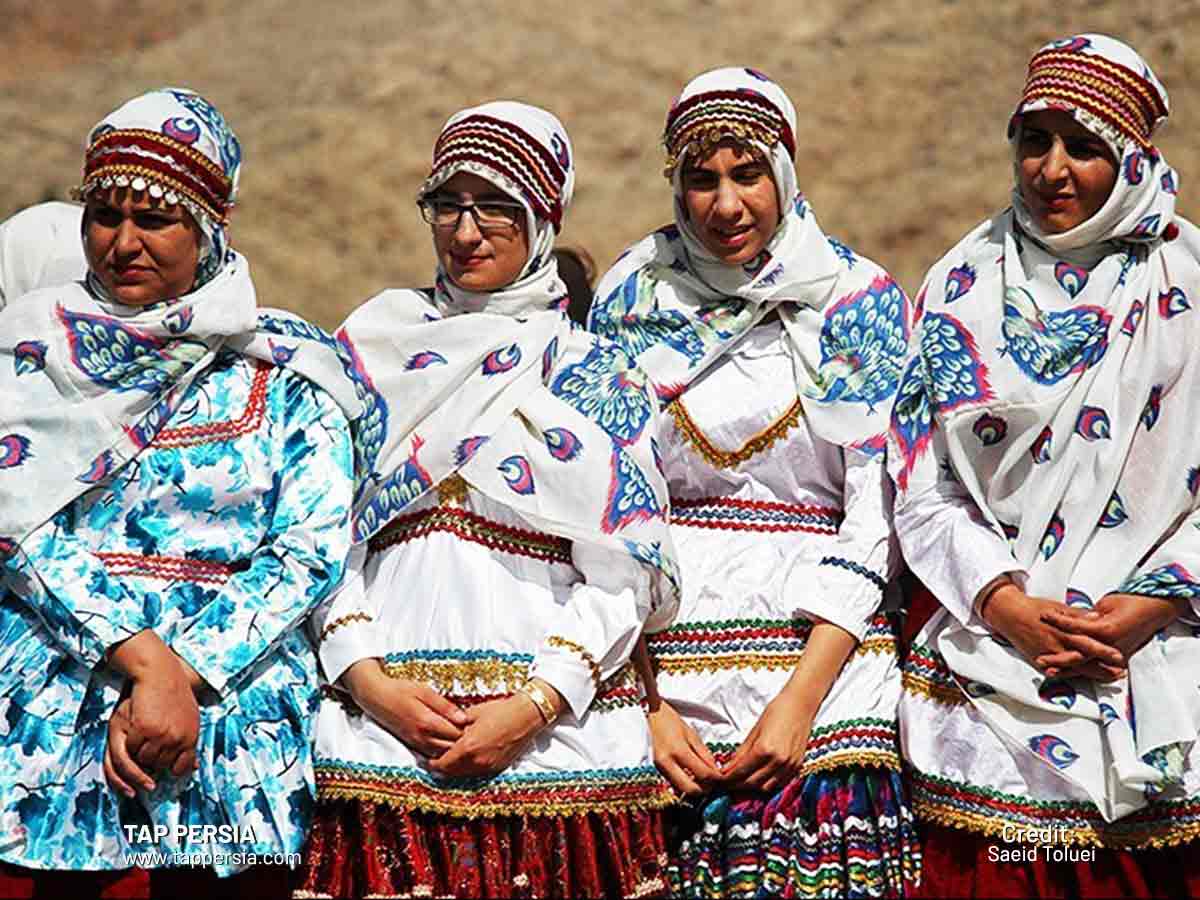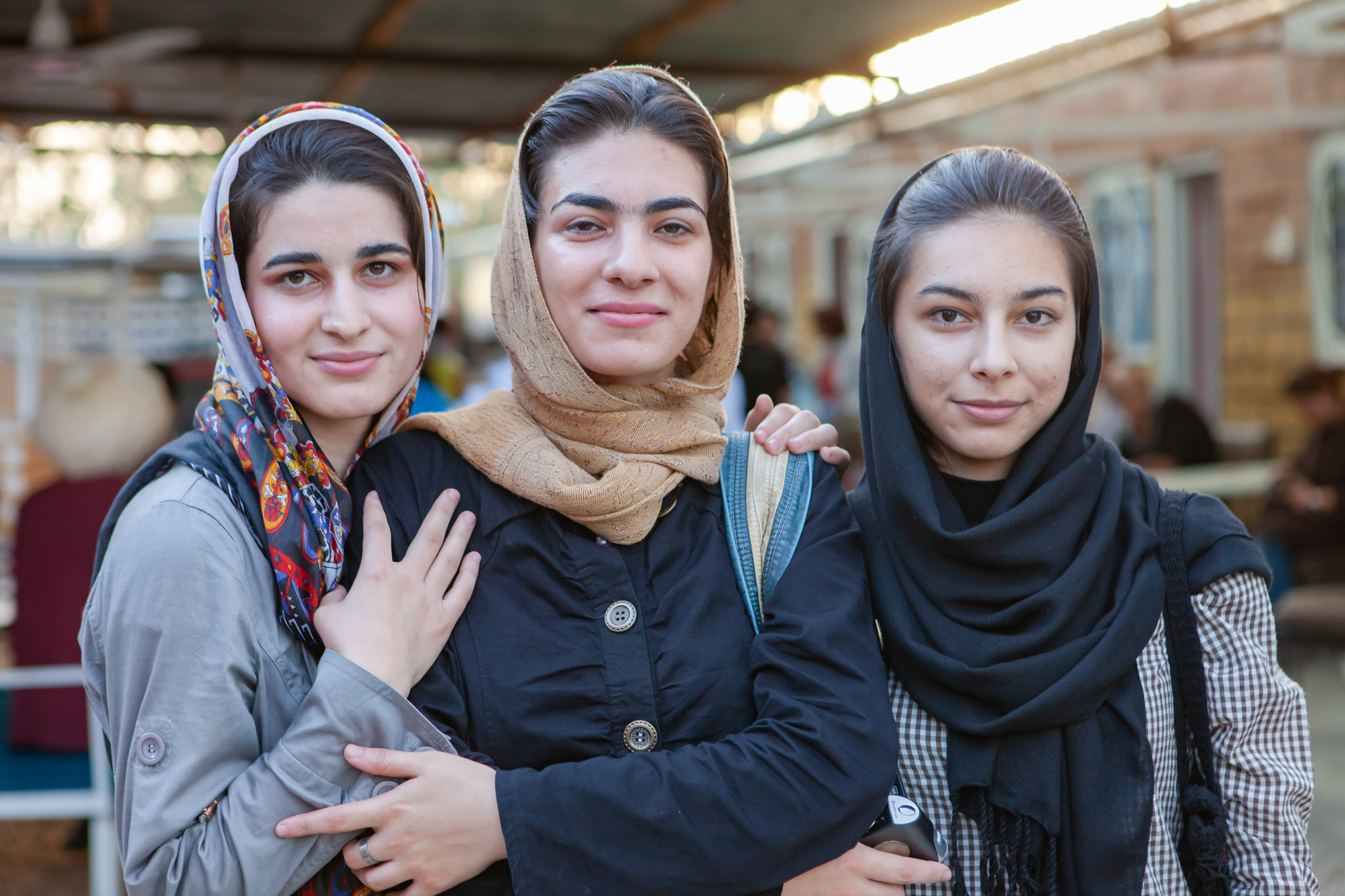Iranian Plateau In World Map Farsi A Language And Culture Spanng Nations
The iranian plateau[1] or persian plateau[2][3] is a geological feature spanning parts of the caucasus, central asia, south asia, and west asia This map, entitled “the kingdom of persia,” showed on its bordering panels panoramic views of four persian cities and illustrations of eight national characters in local costume (plate vi). It makes up part of the eurasian plate, and is wedged between the arabian plate and the indian plate.
Iran villages tour – Artofit
Physical map of iran showing major cities, terrain, national parks, rivers, and surrounding countries with international borders and outline maps The heighest plateau is tibet which is 4000 meters in height. Iranian plateau the northwestern iranian plateau, where the pontic and taurus mountains converge, is rugged country with higher elevations, a more severe climate, and greater precipitation than are found on the anatolian plateau
- Antonella Ferrari Children
- Relatos Eroticos Suegro
- What Is A Cleveland Steamer
- Los Farmerz Members
- Jeanie Galbraith
Mount ararat, at 5,137 meters (16,854 ft) the highest point in turkey.
Other articles where iranian plateau is discussed It makes up part of the eurasian plate, and is wedged between the arabian plate and the indian plate The plateau is situated between the zagros mountains to the west, the caspian sea and the köpet dag to the north, the armenian highlands and the. Iran 's landscape is dominated by rugged mountain ranges that separate various basins or plateaus from one another
The populous western part is the most mountainous, with ranges such as the zagros and alborz mountains, the latter of which also contains iran's highest point, the damavand at 5,671 m (18,606 ft). The iranian plateau's diverse geography allowed for various forms of agriculture, including the cultivation of wheat, barley, fruits, and nuts in fertile valleys and oases The plateau was rich in natural resources such as metals (gold, silver, copper), precious stones, and timber, which were crucial for the empire's economy and military. Simplified geological map of the iranian plateau and its structural domains

Traditional Persian Clothing
Map of west asia in 1872, with iran/persia (ruled by the qajar dynasty) shaded in pink
Historically, iran was commonly referred to as persia in the western world This terminology prevailed until 1935, when, during an. Ancient iran, historic region of southwestern asia that is only roughly coterminous with modern iran The term persia was used for centuries, chiefly in the west, to designate those regions where persian language and culture predominated, but it more correctly refers to a region of southern iran

Iran, a Rainbow of Nature, Culture, Literature, Arts, and History

Iran villages tour – Artofit

Farsi: A Language and Culture Spanning Nations